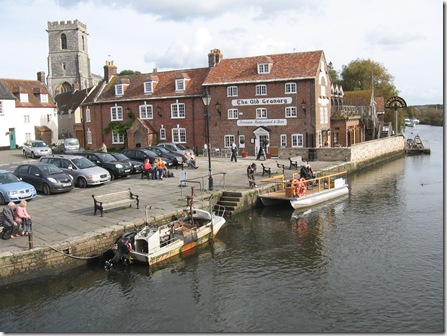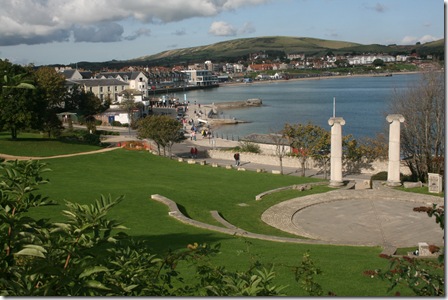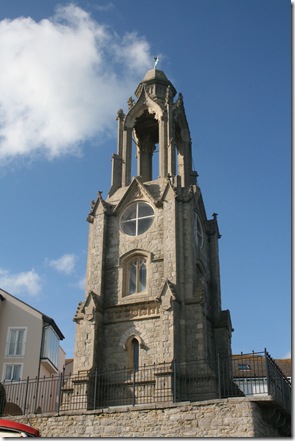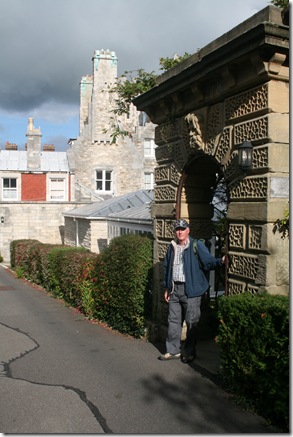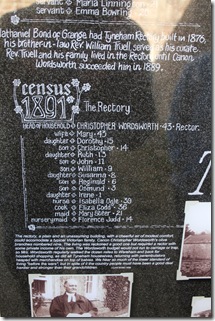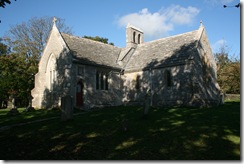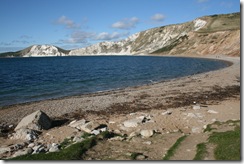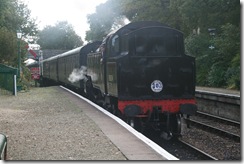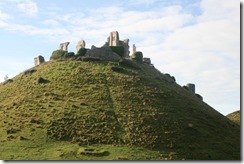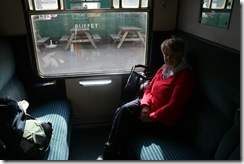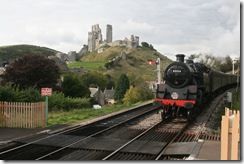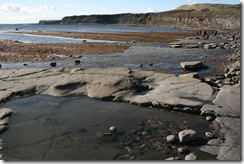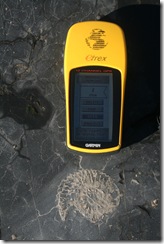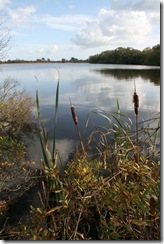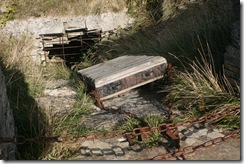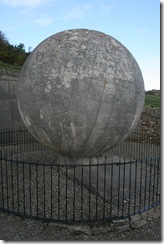Well it has been rather a wet start to November and a lot of the fireworks evenings have been postponed to even wetter evenings. All a bit of a damp squib really (couldn't resist that).
I have been waiting for a crown (dentist type crown - not the one on your head) for a while and the photo you see below is taken about 1 hour after having the preparation done so if I look a little lopsided it is because of the anesthetic.
The dentist is in Fordingbridge and as the weather forecast was very good we decided to have picnic on the Submarine Pens in the New Forest. I have a geocache there and all the bits and pieces around me are from the geocache drying out.
We also laid a new geocache up there and this is Sue putting it in its hidey hole. This is also the spoiler photo on the geocaching website.
I've been in the rambling diary to lead a few rambles recently and this is the turnout for one of them. Thirty minutes before the start of this ramble it was pouring with rain and so the turnout was impressive. There are usually 20 -30 ramblers. It didn't rain for the whole 2 hours we were out - miracles!
Talking about rambles, I had an email from Geoff Fryatt in Cyprus, some of you may know him. He has produced a book of rambles for Cyprus. Here is the gist of his email:
This is the first new book of walks in Cyprus for nearly 20 years and I am told that it is the only one in print at the moment. It has been very well received by the bookshops in Nicosia, Limassol and Pafos and is selling nicely.
The book costs €12 or Cy£7 and the flyer can be seen at www.ramblingaroundcyprus.info
Should any of your members be interested in buying a copy, they are very welcome to contact me on fryatt@spidernet.com.cy or 99 456714 or tel/fax 25932263 and I will ensure they get a copy as soon as possible. We also carry copies in our truck so do feel free to 'Stop Me And Buy One' at any time!
N.B. I am NOT on commission!
On Sunday we fancied a walk down by the sea so went to Mudeford. It was very bracing with the blustery wind. We had a hot drink at The Beach Hut Cafe, Friars Cliff. We also had a walk around the grounds of Highcliff Castle.
Highcliffe Castle is a Grade I listed building owned by Christchurch Borough Council. It was built between 1831 and 1835 by Lord Stuart de Rothesay. It has been described as "the most important remaining example of the Romantic and Picturesque style of architecture."The Castle was built on the site previously occupied by High Cliff, a Georgian mansion designed for the 3rd Earl of Bute (a founder of Kew Gardens), with grounds laid out by Capability Brown.
Next time we go we'll have the guided tour of the inside.


 The weather remained the same for Boxing Day so we took a picnic to the promenade at Bournemouth and ate our sarnies in the sunshine. There was a keen wind so it remained chilly. These are the beach huts at Branksome Dene Chine. Just around the corner someone was having a BBQ at a beach hut with lots of friends.
The weather remained the same for Boxing Day so we took a picnic to the promenade at Bournemouth and ate our sarnies in the sunshine. There was a keen wind so it remained chilly. These are the beach huts at Branksome Dene Chine. Just around the corner someone was having a BBQ at a beach hut with lots of friends.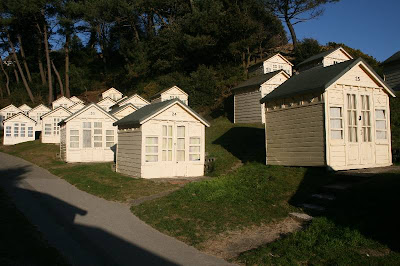 The beach at Branksome, it was very busy with most of Dorset and Hampshire promenading with their new bikes, scooters, roller skates and all things dangerous.
The beach at Branksome, it was very busy with most of Dorset and Hampshire promenading with their new bikes, scooters, roller skates and all things dangerous.

 Please note that this is the last post (sounds ominous) for this year's blog.
Please note that this is the last post (sounds ominous) for this year's blog.









 The UK's tallest yew hedge. It costs £5,000 for a trim. Two workers will spend two days in a cherry picker cutting back six inches of growth from the 50ft high green giant at Lord Allen Apsley's 14,500 acre estate at Cirencester, Glos.
The UK's tallest yew hedge. It costs £5,000 for a trim. Two workers will spend two days in a cherry picker cutting back six inches of growth from the 50ft high green giant at Lord Allen Apsley's 14,500 acre estate at Cirencester, Glos.












